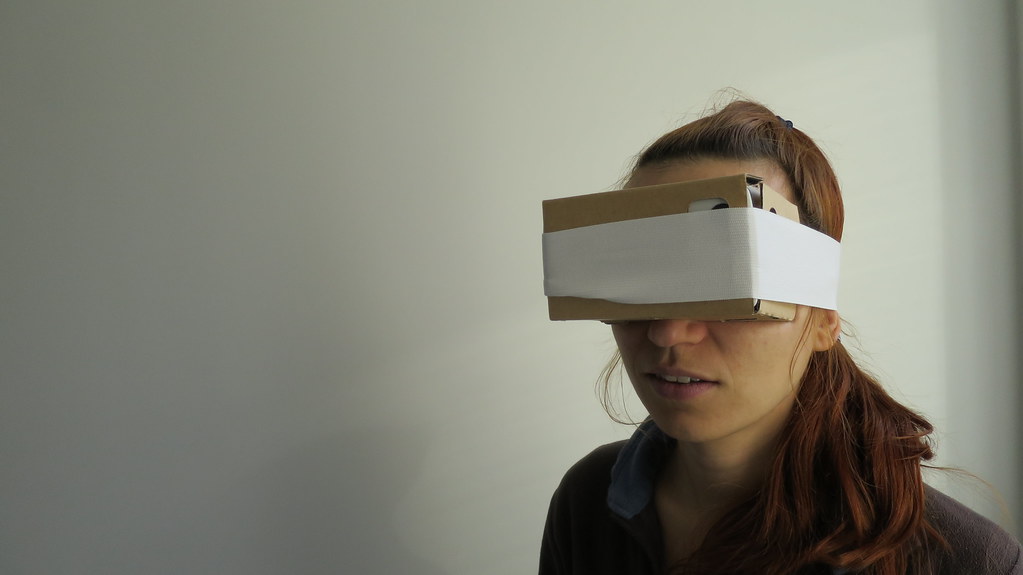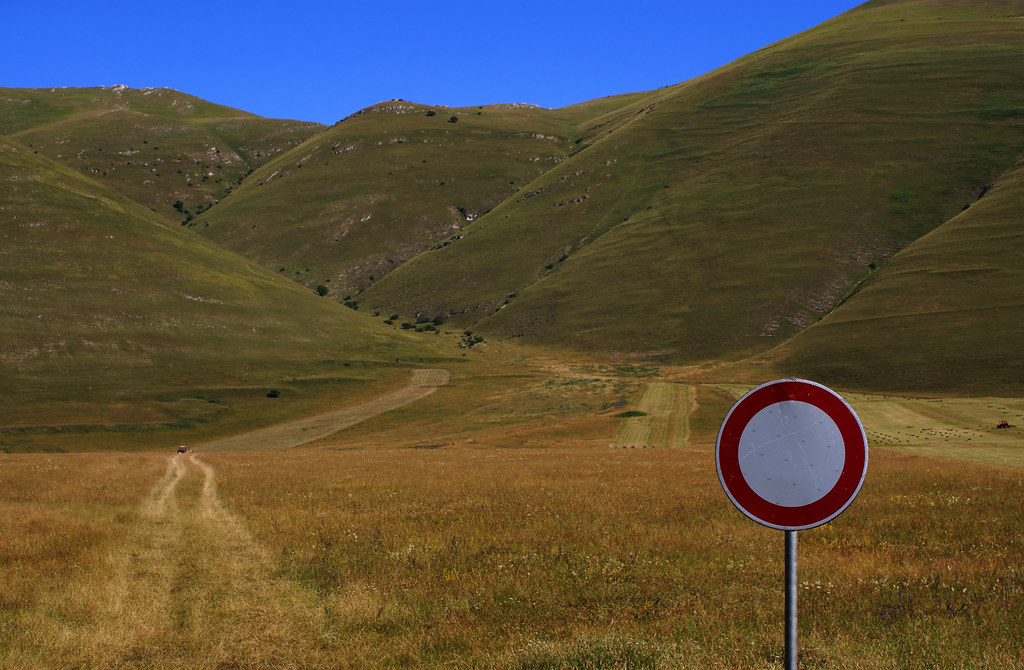 |
At a conference last weekend I had some fun with google cardboard, we could go places we couldn't go on our own, I saw the surface of Mars and went to different museums. As a virtual opportunity (aside from some initial discomfort) it was pretty great. Interestingly enough though the presentation I was leading was on environmental education.
My goal was to get people outside with their students. Often as teachers we don't give students enough time to think about who they are and where they are. This can deeply affect their understanding of themselves and others. I want students to be more present in the "real" world. But I was at a tech conference, so I had to think deeply about the effects of virtual manipulatives.
In maths, or language, how can we harness the power of the virtual world to connect students. When using math manipulatives is there a difference between virtual and physical for learning? All these questions were popping up.
With a colleague we decided to start up a podcast, and this is going to be our first dive into it. What is the difference and does it matter to understanding? I'm not sure we have answers, but it will be interesting to talk about.
